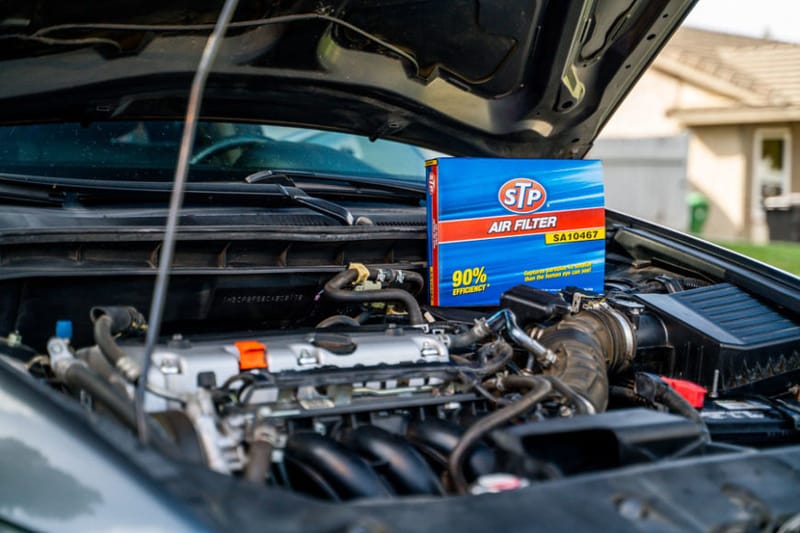Tune ups

SPARK PLUGS
- Spark plugs have a metal tip that wears down over time from high heat and high pressure.
- A symptom of worn spark plugs is a misfire, when the fuel/air mixture in a cylinder fails to ignite.
- When replacing spark plugs, it is highly recommended to use plugs of the original equipment (OE) recommended metal or better. Consult your owner's manual, repair manual or the experts at AutoZone to learn which is the recommended spark plug metal is right for you.
- Be sure to use a light application of anti-seize on the threads of the plugs prior to installation (avoid getting anti-seize anywhere else but the threads).
In DIS (distributorless) applications that use one coil for multiple plugs, be sure to use either Double Platinum or Iridium plugs as recommended by the manufacturer.
If you need some help on replacing yours, check out our guide on how to change spark plugs.
IGNITION WIRES
- Ignition wires will break down over time and eventually fail.
- Symptoms of a failed wire are rough idle, performance loss, and eventually a dead cylinder.
- When replacing a distributor cap or ignition wires, transfer one wire at a time from the old cap to the new cap. This prevents the ignition system from becoming cross wired, which result in a rough running engine. You can make this job easier by using a spark plug boot tool.
- Use dielectric grease in the boots to help prevent arcing and help make future boot removal easier.
Be sure that your wires are secure and routed away from exhaust components.
IGNITION COILS
- Coils transform low battery voltage into thousands of volts. Over time this high voltage electricity wears out the coils out.
- Signs your coils may be worn out include engine misfires, weakened acceleration, rough idle, and reduced gas mileage.
- Some vehicles use coil packs, which are typically located near the valve covers, while others use a coil-on-plug design that are over or close to the spark plugs.
- Put dielectric grease on the boot of coil-on-plug coils.
DISTRIBUTOR CAP AND ROTOR (IF APPLICABLE)
- Numerous rotations of the rotor inside the distributor will cause the metal contact point to wear down.
- A failed distributor cap causes misfires or in more severe cases a non-start.
- When performing a tune-up it is suggested to replace both the cap and rotor at the same time.
- Transfer ignition wires one at a time from the old cap to the new cap. This prevents the ignition system from becoming cross wired, which result in a rough running engine. You can make this job easier by using a spark plug boot tool.
